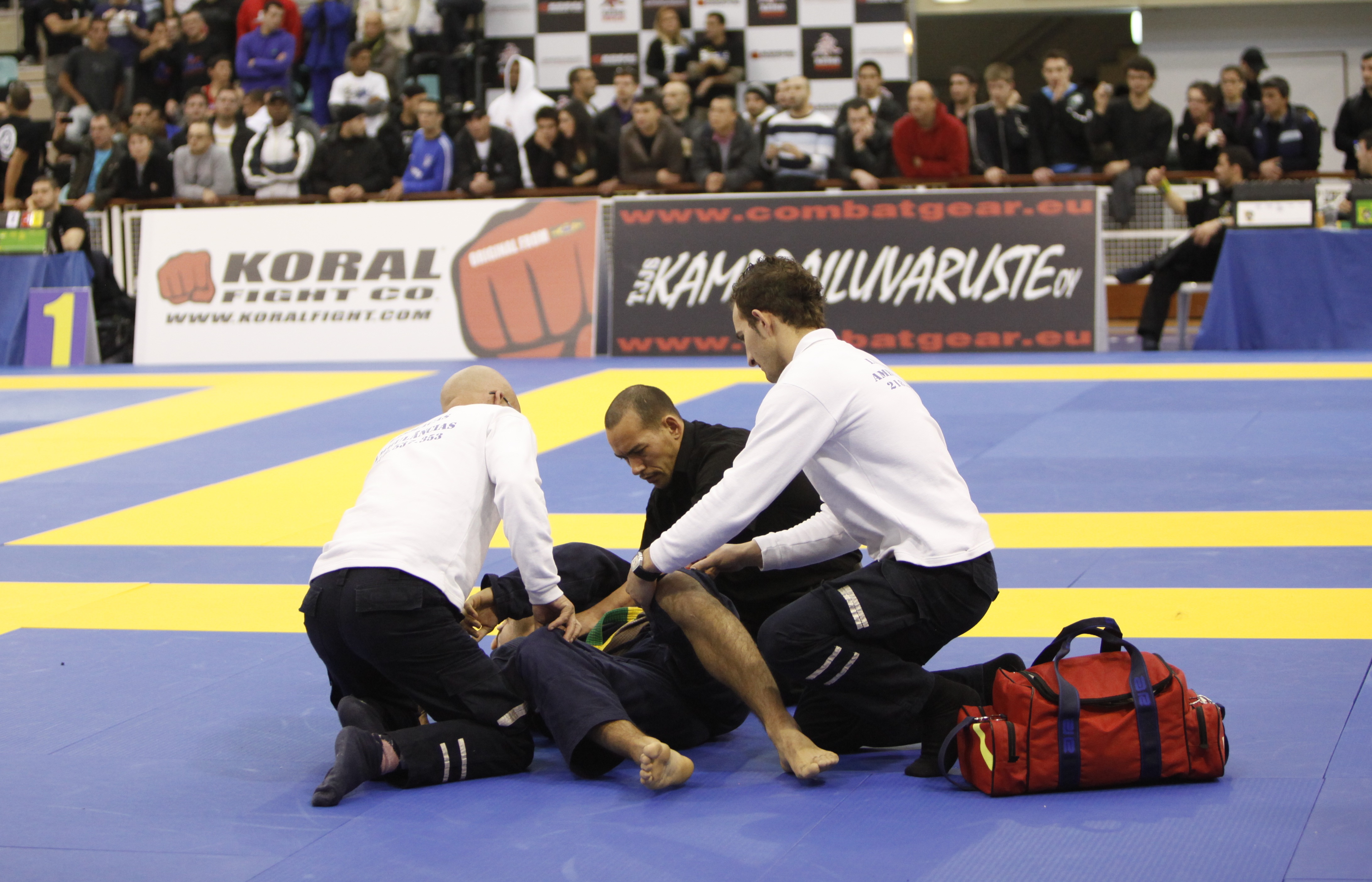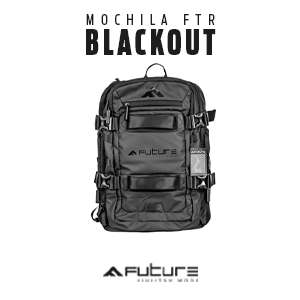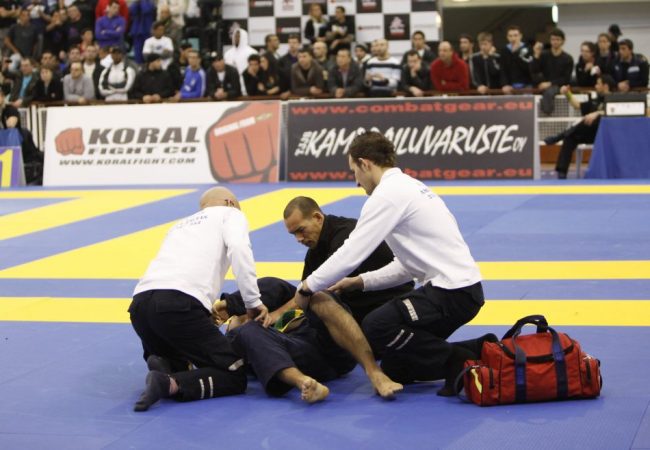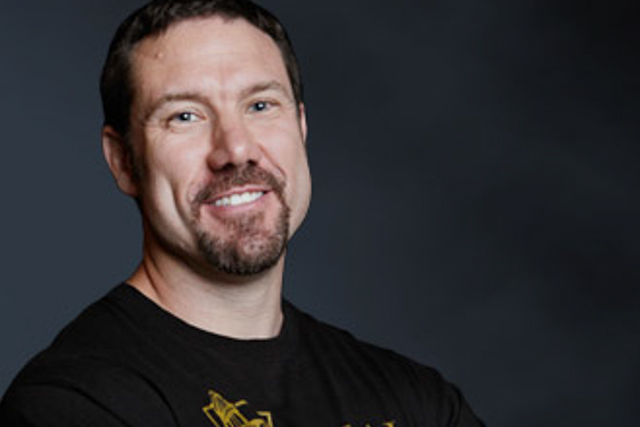By *Dr. Al DeSimone
Anterior Cruciate Ligament rupture remains one of most devastating injuries to a competitive athlete. The ACL is one of the major supporting ligaments within the knee joint providing stability to the knee during running, cutting and twisting sports. In recent years, I have seen an increasing amount of ACL injuries in athletes that are competitive in Jiu-Jitsu and Martial Arts. A recent study determined that Martial Arts comprises 4% of ACL injuries and happens three times more often during the middle or the end of a match. As this injury most often occurs during noncontact events, “heel hooks” and “leg locks” are commonly high-risk maneuvers for an ACL rupture.
Diagnosis is usually made by obtaining a thorough history as well as performing a clinical examination. The athlete may describe the classic symptoms such as hearing a pop within the knee joint and having immediate pain or swelling. It is often difficult to weight bare on that knee due to discomfort and a sensation of instability. X-rays, though usually normal in appearance, can show associated fractures. MRI is the preferred diagnostic test, as it will confirm a torn ACL and help to visualize other soft tissue injuries that may have also occurred at the time of injury.
Our initial treatment of the athlete with an ACL rupture consists of icing, rest, compression and elevation. Limited weight bearing is often advised with the assistance of crutches. A brace may also provide further stability and protection of concomitant injuries involving the knee.
Physical therapy to acquire early range of motion, improve quadriceps strength and diminish swelling is crucial in the initial treatment of this injury. Athletes or those individuals with a high-demand level often warrant surgical intervention. Treatment consists of reconstructing the Anterior Cruciate Ligament as well as addressing any other associated injuries.
Immediately after surgery, brace immobilization, crutch ambulation and physical therapy is advised. Protected Jiu-Jitsu maneuvers can often be resumed within 4 to 6 weeks post operatively. This includes defensive ground work in a locked brace at first, followed by a progression to balancing and strength techniques. Full return to competitive matches is usually allowed at 8 ½ to 9 months which allows for adequate healing, return of strength and maturation of the graft. Surgical outcomes are usually excellent and the athlete will often return to full functional activities, including Jiu-Jitsu and high-level Martial Arts
* Dr. Al DeSimone is a Board-Certified Orthopaedic Surgeon, who specializes in Sports Medicine. His interests include: Arthroscopic Anterior Cruciate Ligament (ACL) Reconstruction, Meniscal Repair and Cartilage Resurfacing Techniques, Arthroscopic Treatment of Shoulder Instability, Shoulder Impingement and Rotator Cuff Tears.
He has been in private practice for over 24 years and is currently the Director of Sports Medicine at the South Florida Institute of Sports Medicine. He treats professional, collegiate and community athletes, and has participated as Team Physician for the U.S. Olympic Skiing Team, National Rugby Team and the Florida Panther Hockey Association. He actively participates in Jiu-Jitsu and treats many professional and local fighters.
Since 2008 his non-profit organization, Charity for Champions, has provided over 410 scholarships to deserving young individuals.






